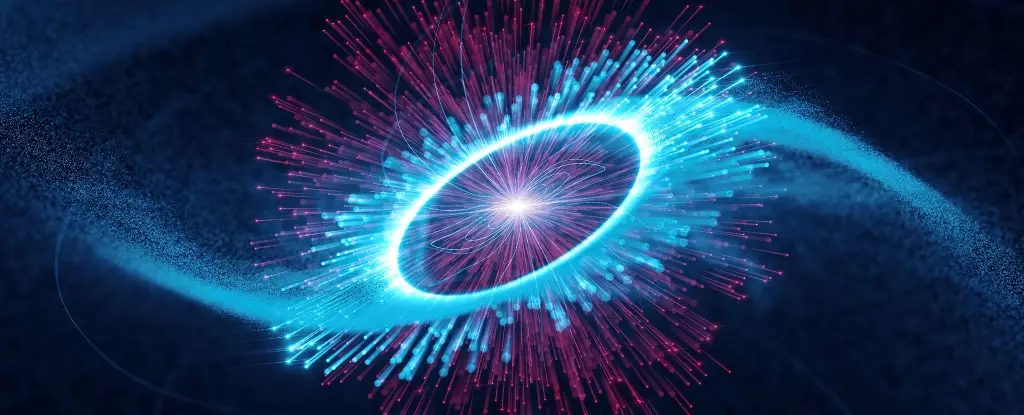Pulsars, a subcategory of neutron stars, have long fascinated astronomers for their extreme nature and unique properties. Recently, a significant breakthrough in astrophysics research has been made with the discovery of 294 previously unidentified gamma-ray pulsars. These findings, published in the Third Fermi Large Area Telescope Catalog of Gamma-Ray Pulsars, have expanded the Fermi catalog to now contain over 340 objects. This treasure trove of information holds immense potential in enhancing our understanding of these enigmatic cosmic phenomena. Let us delve deeper into the fascinating world of pulsars and the implications of this remarkable discovery.
Neutron stars, characterized by their collapsed cores, are remnants of massive stars that have narrowly avoided collapsing into black holes. Among these extraordinary entities, pulsars stand out by emitting powerful jets of radiation akin to cosmic spotlights. Unlike their non-pulsating counterparts, pulsars rotate rapidly, often completing a single rotation within 10 milliseconds. The fastest known pulsar, in fact, completes an astonishing 716 rotations per second.
While most pulsars emit radiation in radio wavelengths, a small fraction possesses the extraordinary ability to emit gamma rays, the most potent radiation known in the universe. The recent catalog reveals that approximately 10% of known pulsars fall into this exclusive gamma-ray-emitting category. This finding opens up avenues for understanding the traits that differentiate gamma emitters from the radio pulsar population. However, it is essential to consider potential technological limitations and selection biases that may affect our ability to detect these remarkable phenomena accurately.
The inclusion of 144 millisecond pulsars in the catalog showcases their precise timing capabilities, making them invaluable for applications such as space navigation and the study of gravitational waves. By analyzing anomalies in pulsar signals, scientists can detect expansions and contractions of space-time caused by gravitational waves from massive cosmic events. Additionally, these pulsars offer opportunities to conduct tests of relativity, shedding light on the fundamental laws that govern our universe.
Among the new discoveries, 45 pulsars are classified as “spider” pulsars, fascinating objects that gulp down matter from a binary companion star. Named after arachnids that consume their smaller mates, these pulsars engage in a “recycling” process where the intense radiation and particle wind from the pulsar strip away material from its companion star, resulting in a peculiar puffball of evaporated material.
The researchers involved in the Third Fermi Large Area Telescope Catalog of Gamma-Ray Pulsars believe that there is still much to unravel. With the potential discovery of another 100 gamma-ray pulsars on the horizon and the likelihood of tens more, the Fermi telescope promises to continue revolutionizing our understanding of these mesmerizing objects.
The recent addition of hundreds of new gamma-ray pulsars to the Fermi catalog poses immense excitement and opportunity in astrophysics research. These pulsating cosmic beacons not only provide insights into celestial phenomena such as cosmic rays, gravitational waves, and dark matter, but they also serve practical applications in space navigation and the study of relativity. As the quest to unlock the mysteries of the universe continues, the enigmatic nature of pulsars remains a beacon of discovery, fueling our curiosity about the cosmos.


Leave a Reply